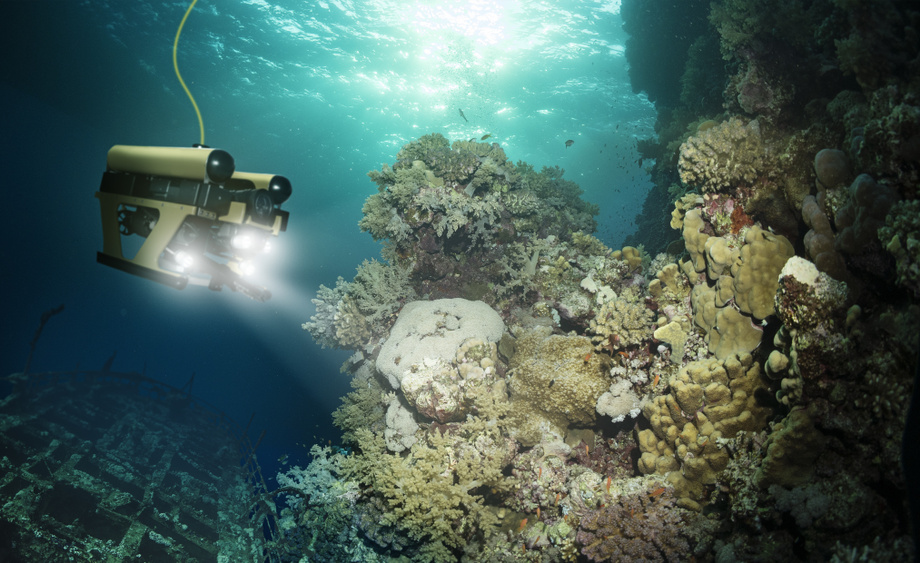Lithium-Seawater Battery for Backup Power on Underwater Vehicles
An AUV backup battery with a lithium anode and a seawater cathode.
Extremely high energy density batteries are needed for underwater electric ships such as unmanned submarines and naval observatories.
The lithium-seawater battery is made of two compartments: the anode compartment, which encloses the metal in non-aqueous electrolyte, and the cathode compartment, which contains a porous and electrically conductive material and seawater. A solid-state metal-ion conductive membrane is used to separate the two compartments. Inlets and outlets for seawater flow channels are installed in the cathode compartment and a mechanical pump is used to control and pump seawater into the compartment.
The theoretical energy density of a Li-seawater flow battery is about 11.6 kWh/kg while the cost for replacing the lithium in the anode is about $1.2/kWh. This makes the volumetric energy density of lithium-seawater flow battery about 2 kWh/L or 2,000 kWh/m^3, which is 0.0005 m^3/kWh.
 Source: Sven Bachstroem, https://stock.adobe.com/uk/180592840, stock.adobe.com
Source: Sven Bachstroem, https://stock.adobe.com/uk/180592840, stock.adobe.com
The lithium-seawater battery can deliver over specific energy of 4,000 Wh/kg, which is much greater than that of any electrochemical energy storage systems including hydrogen fuel cells.
Emergency backup power on underwater vehicles or other naval equipment
US20250118726
TRL 2
Available for license or collaboration.
Patent Information:
| App Type |
Country |
Serial No. |
Patent No. |
Patent Status |
File Date |
Issued Date |
Expire Date |
|